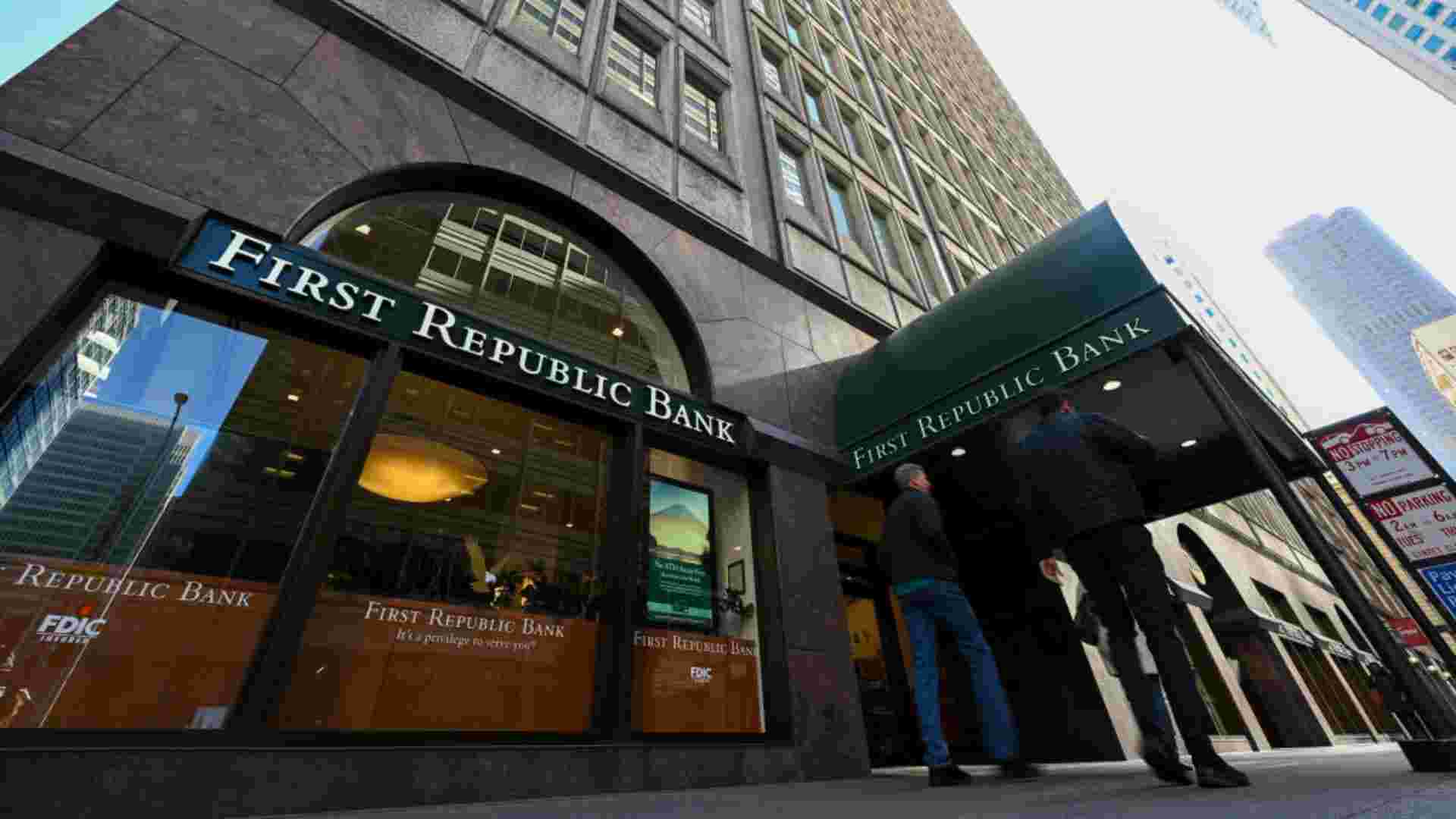As the holiday season approaches, the U.S. economy is showing signs of a slowdown, with retail sales experiencing their first decline since March. According to the Commerce Department, U.S. retail sales fell by 0.1% in October, reflecting a pullback in consumer spending at stores, dealerships, and gas stations. This downturn is attributed to various factors, including higher interest rates, declining prices at the pump, and a general cooling in consumer demand. The figures, combined with slower hiring and easing inflation, indicate a shift in the economic landscape after a period of surprisingly strong growth earlier in the year. Notably, Americans are spending less at auto dealerships, and even excluding certain categories, overall sales advanced only by 0.1%, signaling a potential slowdown in the economy.
One of the key contributors to the decline is the impact of higher interest rates on big-ticket purchases, with consumers becoming more cautious about discretionary spending. The retail figures also reveal a decline in sales at department, hardware, and furniture stores, while online sales and spending at restaurants and bars rose more slowly. Major retailers, such as Target and Home Depot, have reported decreases in same-store sales, attributing the trend to consumer hesitancy in discretionary spending amid economic uncertainties. Target’s Chief Growth Officer, Christina Hennington, noted that consumers are facing various economic pressures, including higher interest rates and the return of student-loan payments.
The effects of this slowdown are not limited to retailers. Home Depot reported a 3.1% decline in same-store sales, citing pressure in certain big-ticket, discretionary categories. The Chief Executive, Ted Decker, highlighted that while there’s continued engagement in smaller projects, larger purchases are facing headwinds. The overall economic impact is significant, as a downturn in consumer spending could lead to companies being less likely to hire, creating a ripple effect on the broader job market. Kathy Bostjancic, Nationwide’s chief economist, pointed out that slower revenue growth combined with sticky labor costs makes companies more reluctant to increase hiring and business investments.
Several barriers are contributing to the slowdown in consumer spending, including higher borrowing costs for mortgages, car loans, and credit-card balances. Slower wage growth and declining confidence in job prospects are also affecting consumer behavior, leading to a more cautious approach to discretionary expenses such as vacations and electronics. Additionally, households have depleted much of the savings accumulated during the early stages of the pandemic, adding another layer to the challenges consumers face.
As the holiday season approaches, these warning signs in consumer spending are particularly relevant. The National Retail Federation anticipates holiday spending to grow by 3% to 4%, a notable slowdown from the 5.4% increase in holiday sales observed last year. Retailers and warehouses are adjusting to this shift by reducing the number of publicly advertised seasonal positions, reaching the lowest level in a decade. Employers are adding fewer extra workers, and finding it easier to fill those roles, indicative of a more cautious approach to holiday hiring.
In conclusion, the recent decline in U.S. retail sales serves as a crucial indicator of a changing economic landscape. As consumers navigate higher borrowing costs, slowing wage growth, and economic uncertainties, their spending patterns are shifting. This trend has implications not only for retailers but for the broader economy, affecting job growth and business investments. As we approach the holiday season, all eyes will be on how consumer spending evolves and its impact on the overall economic outlook













